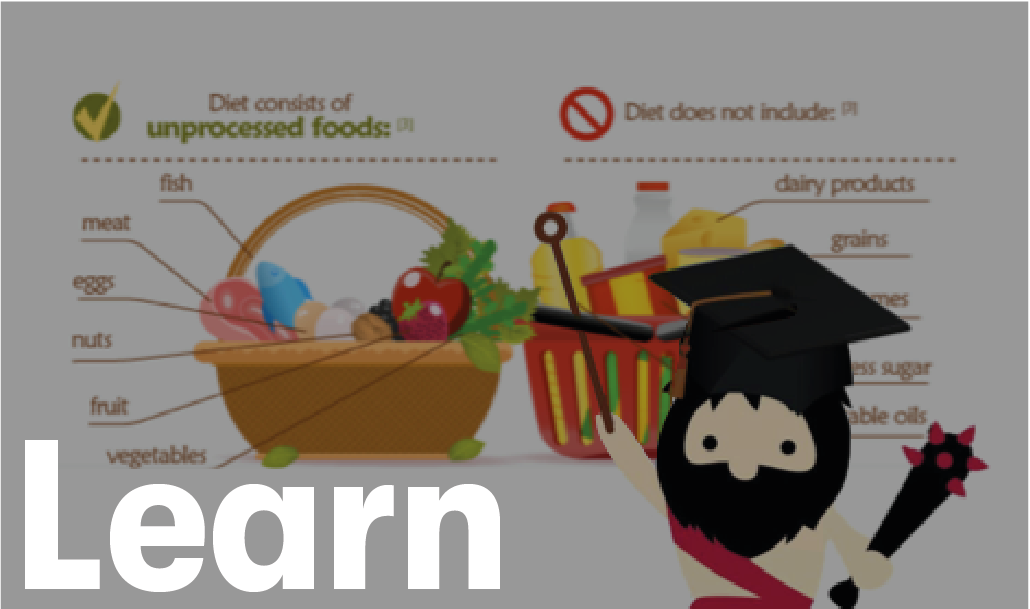Let's start with the King 👑
They don't call it King Salmon for nothing! The largest of the salmon species, many chefs consider wild King salmon (sometimes also called Chinook salmon) to be the tastiest salmon you can eat. It has a naturally thicker filet, and a denser meaty texture that means it can withstand any kind of cooking, even grilling - but also retains a deeply flavorful, buttery consistency when it gets to your mouth 😋

And now you know why it's called the King salmon.
Wild King salmon are native only to the north Pacific Ocean, and we are proud at Paleo Robbie to have secured 100% of the wild King salmon available in Thailand this year!
Sockeye: Take a walk on the wild side 🐟
Sockeye salmon are known for their bright red-orange color and deep, rich flavor - another favorite of many salmon lovers and chefs 👩🏻🍳 Texture-wise, they have a thicker, more compact flesh that holds up to most types of cooking well but also has a high fat content (the 2nd highest of wild salmon after the King) which makes for a great taste and mouthfeel.
Sockeye is instantly recognizable by that bright red color.
A great introduction to wild salmon if you are used to eating the farmed Atlantic salmon.
Coho Salmon: The dark horse
Coho salmon doesn't have the same reputation as King or Sockeye, but it's medium fat content and medium-intensity "salmon" flavor make it a good choice for poaching or pan-searing. Good with light flavor enhancers like dill or lemon.
Pink Salmon: The work horse
Pink salmon are the most abundant wild Pacific salmon. With a relatively low fat content and a lighter, more delicate flavor than the others, it makes for a great salmon for cooking with various sauces - it also tastes great on its own when cold-smoked, or made into burgers 😉
Pink salmon: Lighter in color and flavor, lower in fat content.
Great with some seasoning or in dishes with complementary flavors or sauces.
Keta: The upstart
The lightest in flavor, color, and fat content, keta salmon (also called "chum") has been rising in reputation for the last few years as a more budget-friendly wild salmon option. It's another good choice for types of cooking which pair it with complimentary flavors, like poaching or marinating and then grilling or baking. Good for that member of your family who isn't quite sure if they like fish yet.
What about farmed salmon?
You’ve probably seen “New Zealand" or "Norwegian" salmon on offer at your local supermarket or elsewhere 🇳🇿🇳🇴

Marketers like to borrow the pristine brand imagery of places like New Zealand and Norway to give you the idea that these fish are coming from their native waters, but in fact, those salmon are simply farmed in those countries and air-flown chilled to Thailand, which means they've been chilled for a few days before reaching the supermarket.
(Usually they are Atlantic salmon, a species native to...the Atlantic, but wild Atlantic salmon are virtually non-existent in the market.)
If you’ve been following us for a while, you’ll know that we sell only wild salmon. Why? 🤓
While responsible aquaculture (fish farms) operations do exist, the industry is still rife with issues, and we'd prefer our fish to have its natural nutrient profile from its natural diet (significantly higher in omega 3’s and vitamin D) and be free from any potentially harmful contaminants used in substandard fish farming practices.
You can usually spot the wild vs. farmed" difference with a simple look at the color. Farmed fish are fed synthetic astaxanthin to get their pinkish color, because their corn & soy farm diets do not naturally turn them to the darker shades of red and pink that their wild counterparts get through their natural diets of phytoplankton and crustaceans.




 Latest
Latest Newsletters
Newsletters Learn
Learn Recipes
Recipes Video
Video


